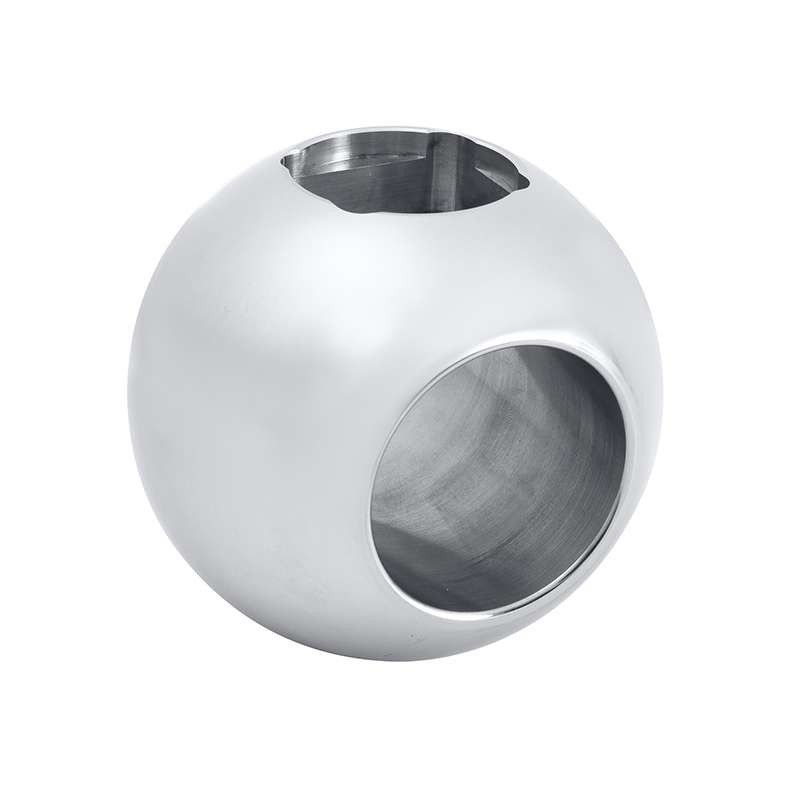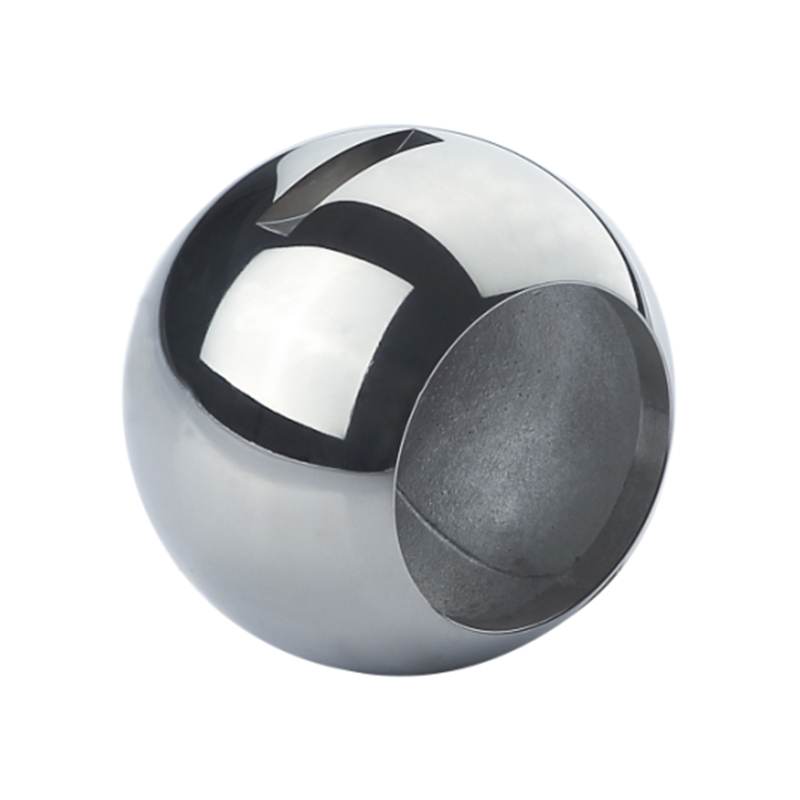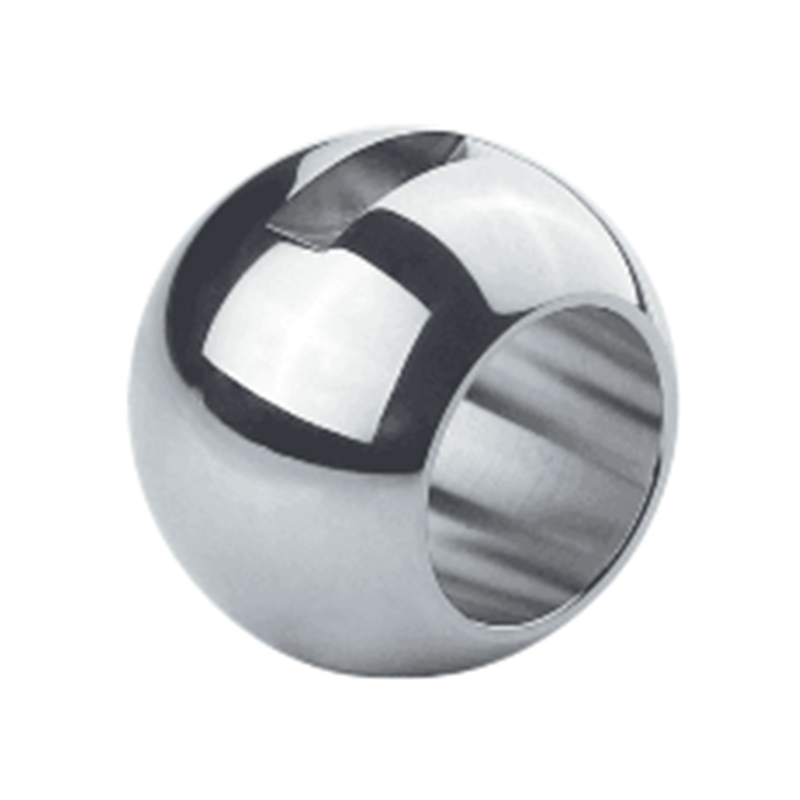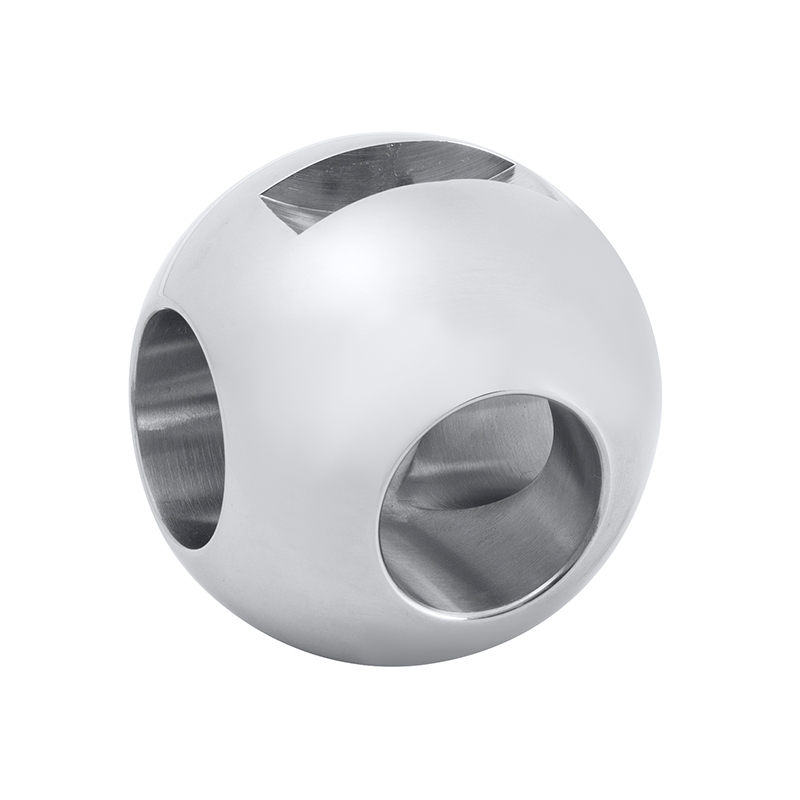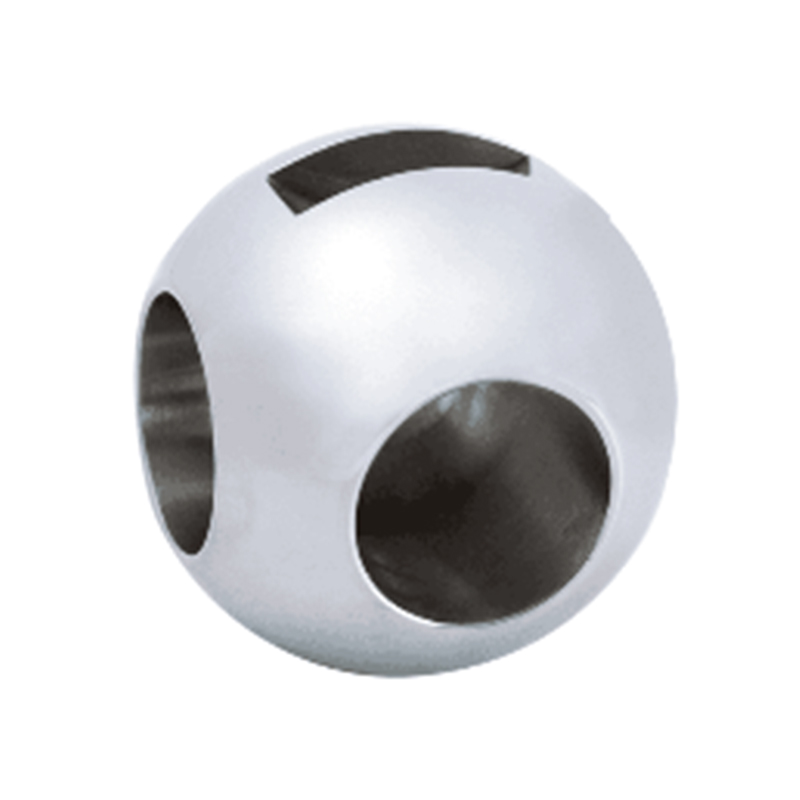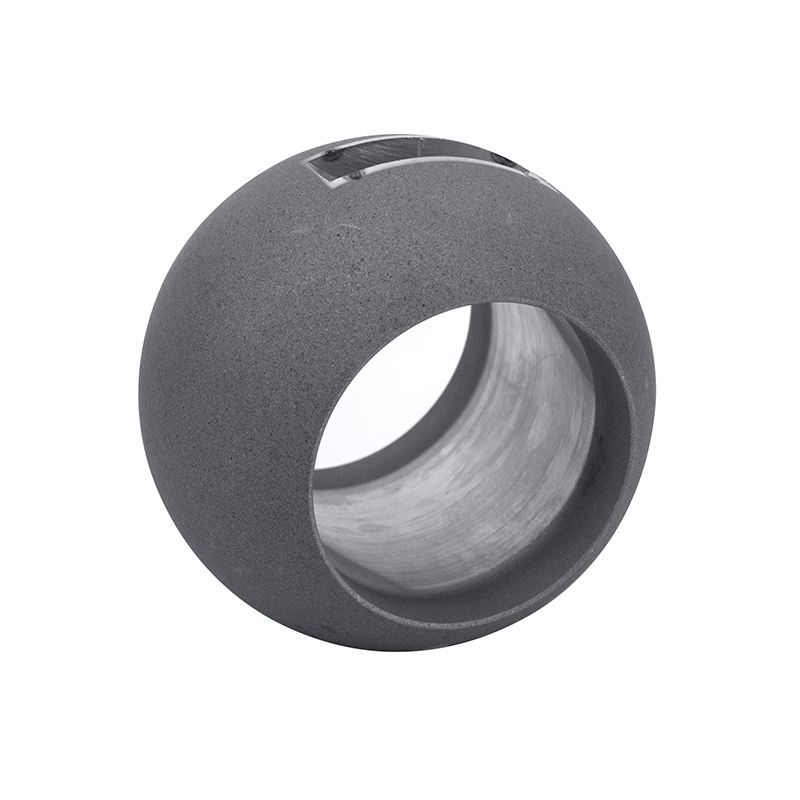The design and geometry of valve balls play a crucial role in determining the fluid flow efficiency within various valve systems. Among these, the stainless 3 way ball valve and the brass ball float valve are commonly used in a wide range of industrial and domestic applications due to their durability and reliable flow control capabilities. Understanding how the shape, size, and surface finish of the ball affect flow characteristics can help improve system performance and reduce energy consumption.
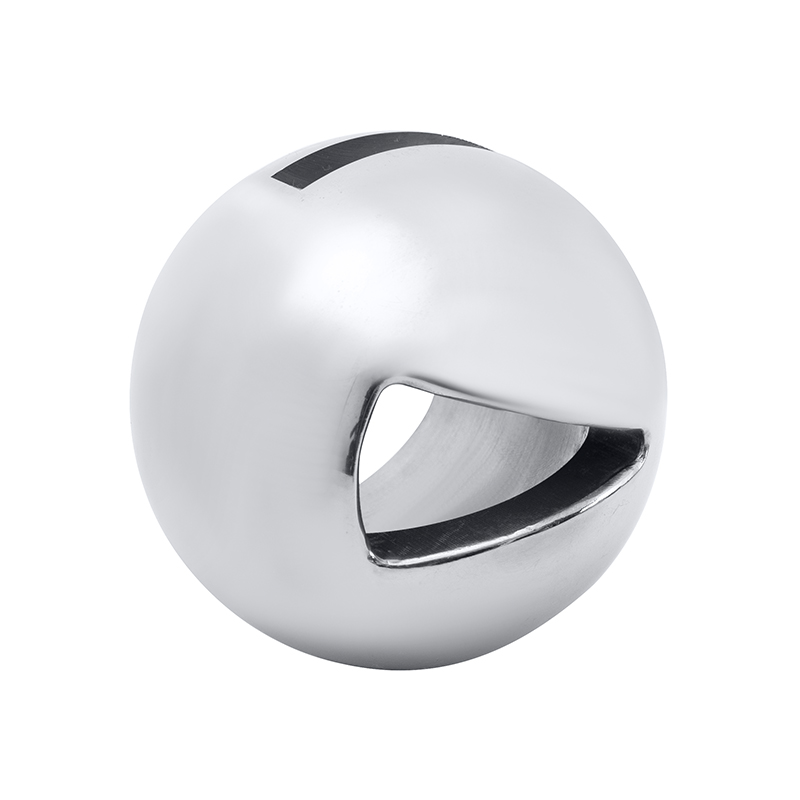
Stainless 3 Way Ball Valve and Its Flow Characteristics
A stainless 3 way ball valve is designed with three ports, allowing fluid to flow in multiple directions. This versatility makes it suitable for applications requiring fluid diversion or mixing. The ball inside this valve is typically spherical with a hollow bore aligned with the ports to control the flow path. The geometry of this ball impacts the flow efficiency by influencing parameters such as pressure drop, turbulence, and flow velocity.
The internal bore diameter of the ball must be carefully matched to the pipe size to less restrictions. If the bore is smaller than the connecting pipes, it can cause a reduction in flow rate and an increase in pressure loss. Conversely, a bore that is too large might weaken the structural integrity of the ball. Additionally, the spherical shape and smooth surface of the stainless steel ball help maintain laminar flow and reduce friction losses as fluid passes through the valve.
The precision with which the ball is manufactured affects the seal quality and operational smoothness. A well-machined ball ensures tight sealing against the valve seats, preventing leakage and maintaining flow control efficiency. The material, stainless steel in this case, also contributes to flow efficiency by resisting corrosion and maintaining consistent geometry over time, which is especially important in harsh or corrosive fluid environments.
Brass Ball Float Valve and Fluid Flow Impact
The brass ball float valve is another common valve type, widely used in water tanks and irrigation systems. It operates by using a hollow brass ball attached to a lever arm that floats on the surface of the fluid. When the fluid level rises, the ball rises accordingly, closing the valve and reducing the inflow. When the fluid level drops, the ball lowers and opens the valve to allow fluid in.
The geometry of the brass ball in this valve significantly affects the flow efficiency. The ball’s size must provide sufficient buoyancy to reliably control the valve mechanism without causing unnecessary resistance to fluid flow. A ball that is too large can create excessive drag, pilot to delayed valve response, and inefficient fluid regulation. On the other hand, a ball that is too small may not provide the necessary buoyant force to operate the valve effectively.
The smoothness of the brass ball surface also influences how easily it moves in response to fluid level changes. A polished surface reduces friction between the ball and the surrounding water, facilitating faster and more consistent valve operation. Moreover, the corrosion resistance of brass helps maintain the geometry and buoyancy of the ball over time, contributing to steady flow control and reduced maintenance needs.
Comparison and Implications of Ball Geometry
While both stainless 3 way ball valves and brass ball float valves rely on spherical balls, their geometric requirements differ due to their distinct functions. The stainless steel ball in the 3 way valve focuses more on controlling fluid flow paths and less pressure losses during directional changes. Its geometry is designed to balance structural strength with flow capacity, emphasizing precision machining and material properties.
In contrast, the brass ball float valve’s geometry is primarily concerned with buoyancy and movement rather than direct flow control through the valve body. The size and surface treatment of the ball ensure that it responds promptly to fluid level changes, indirectly influencing flow efficiency by regulating valve opening times.
Both valve types benefit from optimizing ball geometry to enhance fluid flow efficiency, although the parameters differ based on application. For stainless 3 way ball valves, the key considerations include bore size, surface finish, and material strength. For brass ball float valves, buoyancy, size, and surface friction are more critical factors.
The geometry of the valve ball significantly influences fluid flow efficiency in both stainless 3 way ball valves and brass ball float valves. Careful design considerations regarding size, shape, surface finish, and material properties are essential for improving valve performance and ensuring reliable operation. By tailoring these geometric factors to specific applications, it is possible to reduce pressure losses, less turbulence, and enhance flow control effectiveness, ultimately contributing to more efficient fluid management systems.

 English
English Español
Español Deutsch
Deutsch
